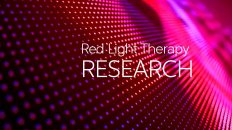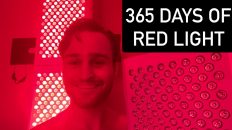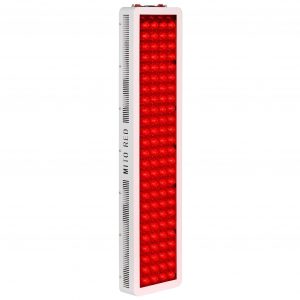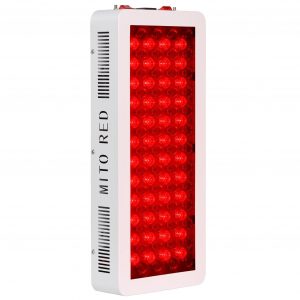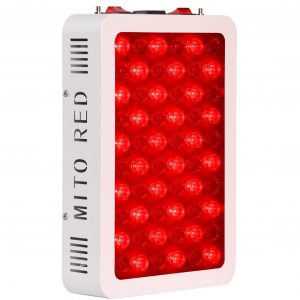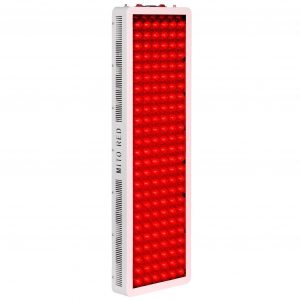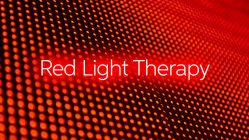Prior to the use of electricity, human beings had an exclusively natural relationship to light. Our options were limited to the sun, a fire, or candlelight; all of which naturally emit red and near-infrared light.
That light acts as a nutrient for the human mind and body. Unfortunately modern, indoor lifestyles can lead people to become chronically depleted of natural light and its positive biological effects.
A lack of sunlight exposure can lead to a chronic deficiency of vitamin D3. Over time, this deficiency can put people at an “increased risk for many chronic diseases including autoimmune diseases, some cancers, cardiovascular disease, infectious disease, schizophrenia and Type 2 diabetes.”
To make matters worse, people have been taught to fear the sun’s ultraviolet (UV) A radiation. Many people excessively cover their skin with clothing and sunscreens, many brands of which have recently been found to contain harmful carcinogenic ingredients.
While healthier sunscreen alternatives exist, it’s important to remember that UVB radiation from the sun gives our bodies what it needs to produce vitamin D3. Healthful sun exposure is gradual sun exposure, especially if you are fair-skinned. We need to increase our time in the sun little by little to acquire a protective tan and decrease our susceptibility to burns. . . .
. . . . Thousands of studies in more than 70 countries have been conducted over the past couple decades demonstrating the promise of red and near-infrared light-related therapies. This vast amount of research suggests that nearly everyone can benefit in one way or another.
Athletes are benefiting from better recovery and performance while celebrities are treating their skin in order to reduce the impacts of aging such as “fine lines, wrinkles, skin roughness and intradermal collagen density increase,” according to a 2014 study published in the Journal of Clinical Laser Medicine and Surgery.
There is a long list of names for red light therapy. Common names include “phototherapy,” and “low-level laser-light therapy.” One of the most prominent names in the medical literature is “photobiomodulation,” or PBM. This area of study has received significant attention from the scientific and medical community in recent years. . . . (read more)
SOURCE: The Epoch Times




